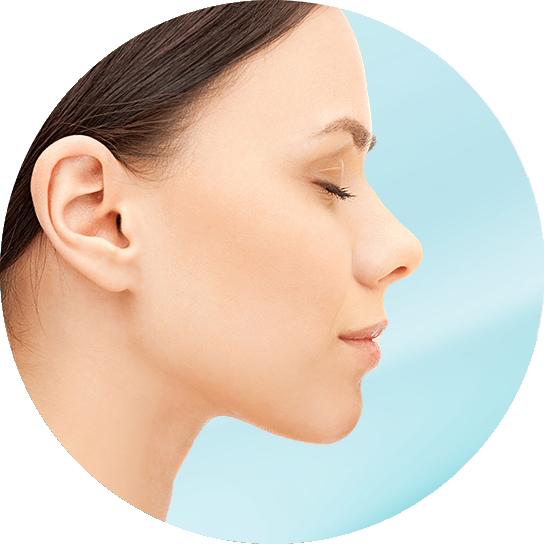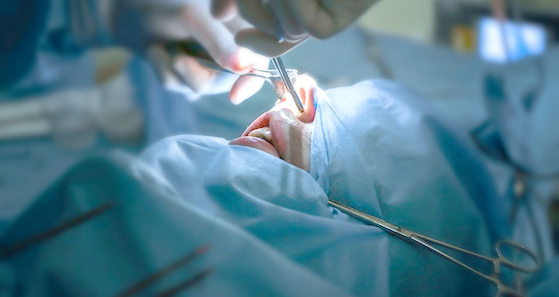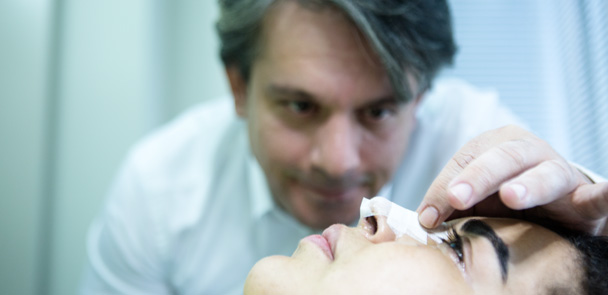
Rhinoplasty
(Nose Surgery)

Rhinoplasty is one of the most commonly practiced plastic surgeries in the world. As the most characteristic feature of the human face, good surgery planning and anatomical knowledge are a must for satisfying results during nose surgery.
Rhinoplasty surgeries are done for both medical and aesthetic reasons. There is no “one-size-fits-all” method. A variety of interventions can be planned according to specific needs, wishes and the anatomical features of the patient:
Cartilage or mucosa may be extracted if blocking the nasal airway and cartilage may be grafted to expand the respiratory passage.


There are two types of Rhinoplasty procedures; open and close. Open Rhinoplasty surgeries leave scars on the base of the nose (columella). These scars are minimal and fade with time.
Being familiar with both practices, Dr. Gökhan Beyhan mainly prefers closed Rhinoplasty surgeries, if otherwise not required.
Close Rhinoplasty allows the widest palette of possible interventions therefore having advantages over open Rhinoplasty: Incisions are in the internal nasal mucosa; therefore, they leave no visible scars. And as the nasal skin remains unremoved, recovery from edemas is faster and post-surgical pain remains minimal.
Dr. Beyhan emphasizes the following factors to be determinant of a successful surgery:
1. Pre-operation planning
As mentioned at the beginning, the first step of a successful surgery lies in the planning. Consultation and communication with the patient is essential.
2. Support of the nasal structure
Think of the nose as an organ seated on a skeletal platform. The weakening of this support may lead the nose to droop with time. It is crucial for the support to remain strong during surgery for good results.
3. Conservation of nasal functions
When planning a Rhinoplasty surgery, it is important to take functional features of the nose into consideration too. Delicate and fine work is required to not occlude or narrow the airway, to keep the nose’s respiratory and moisturising features intact.


Dr. Beyhan uses new generation silicon intra-nasal splints instead of the traditional ones. They facilitate breathing and are easier to take off. Their solid structure gives support to the nose during recovery.
The patient is discharged from the hospital after spending a night for medical precautions. 2-3 days after surgery, intra-nasal splints are taken off. On the 5th day, the protective cast on the nose is removed.
In closed Rhinoplasty surgeries, edemas and swellings are usually minimal. A period of 3 to 6 months must be observed for full recovery in each case.
The first 3 months are sensitive; the nose must be protected against blows and solar rays. The patient must abstain of practicing contact sports during this time.
